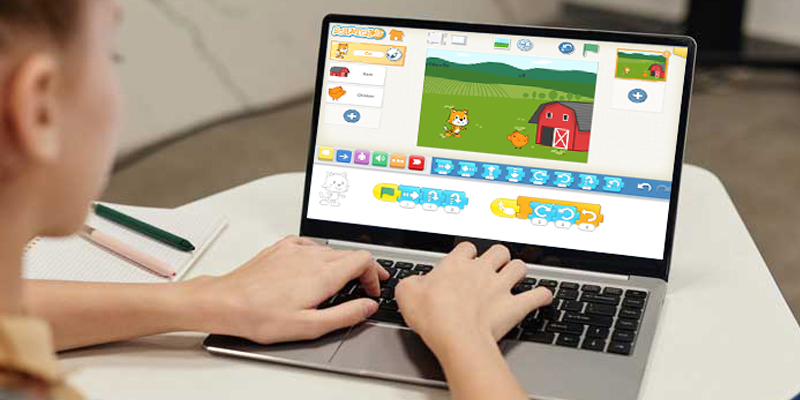In the realm of game design and animation, a looping script embodies a crucial element known as the “game loop design.” It comprises a set of instructions or code that orchestrates the repetitive execution of a sequence of actions or movements within a game environment. This loop iterates through commands, facilitating the seamless creation of continuous motion or behavior in sprites, characters, or various game elements. Through the integration of looping scripts, developers gain the ability to sculpt immersive and captivating experiences for players, enriching the overall gameplay dynamics.
#1 What is a Looping Script?
A looping script is a code that iterates through a sequence of actions or commands within a game or animation environment. It enables the continuous repetition of specific actions, such as moving a character, animating an object, or updating game states.
#2 Why Use Looping Scripts?
- Efficiency: Game loop design scripts automate repetitive tasks, saving developers time and effort in implementing recurring behaviors.
- Fluidity: Looping scripts create smooth animations or interactions by controlling the timing and sequence of actions.
- Interactivity: Looping scripts allow for dynamic responses to player input, enabling interactive gameplay experiences.
- Consistency: Using looping scripts ensures consistency in behavior across different game elements, maintaining coherence within the game world
#3 How to Use Looping Scripts in Game Design?
- Define Actions: Identify the specific actions or behaviors you want to create, such as character movement, object animation, or game state updates.
- Write Code: Implement the logic for these actions using a programming language or game development framework. This may involve using loops, conditional statements, and function calls to control the sequence of actions.
- Test and Iterate: Test the looping script within the game environment to ensure that the desired behaviors are achieved. Iterate on the script as needed to refine and optimize performance.
#4 Looping Scripts for Beginners:
- Start Simple: Begin with basic looping concepts, such as moving a sprite across the screen or animating a simple object.
- Use Tutorials: Explore beginner-friendly tutorials and resources available online or within game development platforms to learn the fundamentals of looping scripts.
- Experiment and Explore: Encourage experimentation and exploration, allowing beginners to play with different scripting techniques and see immediate results in their games.
- Provide Guidance: Offer guidance and support through step-by-step instructions, code samples, and troubleshooting tips to help beginners overcome challenges and build confidence in using looping scripts.
#5 Teaching Looping Scripts:
- Hands-On Projects: Design hands-on projects that involve creating simple games or animations using looping scripts. Provide guidance and feedback as students work through these projects.
- Visual Tools: Introduce visual scripting tools or game engines with user-friendly interfaces that allow beginners to create looping scripts using drag-and-drop functionality.
- Peer Learning: Foster a collaborative learning environment where students can share their experiences, exchange ideas, and learn from each other’s projects, thereby enhancing their understanding of game loop design and its application in game development.
- Real-World Examples: Showcase real-world examples of games and animations that utilize looping scripts, highlighting the diverse applications and creative possibilities.
Techno Race’s Looping and Game Design Program
TechnoRace teaches looping and game design to students by guiding them through a series of engaging assignments using Scratch. Students start by learning the basics of Scratch and gradually progress to developing their own original game. Each session focuses on different aspects of game design, such as creating game controls, designing obstacles, and implementing scoring systems. Through hands-on practice and experimentation, students learn how to use looping scripts to create dynamic and interactive gameplay experiences. By the end of the program, students gain a solid understanding of looping concepts and create their own fully functional game using Scratch.
In summary, game loop design plays a crucial role in game design by enabling the creation of dynamic and interactive experiences. Whether you’re a beginner learning the basics or an experienced developer refining your skills, mastering game loop design opens up a world of possibilities for bringing your game ideas to life. Through experimentation, practice, and guided learning, anyone can harness the power of game loop design to create compelling games and animations.






Recent Comments